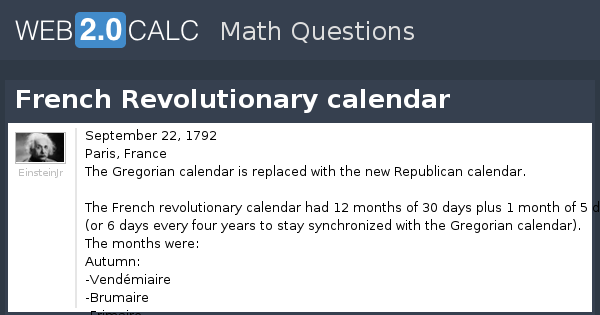

The Revolution decimated the ranks of the clerical and aristocratic patrons and redistributed their wealth among a middle class bereft, it was said, of a scholarly appreciation of the arts. Not least, throughout the later part of the nineteenth and much of the twentieth centuries modernism continued to be predicated on the ideal of an autonomous art liberated from institutional imperatives and sustained largely by the unique insights of its authors.īut what of the crucial forty years or so between the end of the ancien régime and the foundation of the July Monarchy in 1830, the period in which the arts began to lose what the historian and critic Pierre-Marie Gault de Saint-Germain (1752–1842), writing in 1808, described “as a solid base for appreciation”? This article examines the erosion of this “solid base” and Parisian art critics’ and dealers’ attempts to construct an alternative. Mid-century dealers’ commercial application of authorial sensibility had in essence been naturalized as part of a quasi-official art-historical narrative. When at the end of the nineteenth century prominent art critics-Paul Mantz (1821–95), Alfred de Lostalot (1837–1909), and Louis Gonse (1846–1921), in 1889, and Emile Molinier (1857–1906), Roger Marx (1859–1913), and Paul-Franz Marcou (1860–1932), in 1900-looked back over the art of the past one hundred years, they saw the creation of an autonomous art sustained by personal sensibility as one of French painting’s most conspicuous achievements. Such a marketing strategy had an enormous impact on the ways in which historians and critics conceptualized the history of French art. Nicholas Green, Christopher Parsons and Neil McWilliam, Linda Whiteley, Robert Jensen, and others have variously shown how from around the 1830s, assertions of artists’ creative conviction-often made in the face of critical or official disapproval-were used by art dealers to provide pictures of little or no canonical authority first with an aesthetic identity and then, by extension, a market value. Painting and sculpture became a vehicle for the articulation of nothing other than artists’ creative convictions. The arts had become the preserve of a newly enfranchised middle class and were sustained by a new aesthetic that insisted upon art’s autonomy. By the mid-nineteenth century, those patterns of patronage had changed markedly. The market, as Charlotte Guichard has shown, was largely sustained by aristocratic and clerical mécènes, collectors whose knowledge was informed by long years of scholarship. Before the Revolution, the capital’s dealers traded mostly in pictures of established cultural and financial value supported by an artist’s place within a recognized art-historical canon. Much has been written about the Parisian art market in the eighteenth century and much also about the market in the second half of the nineteenth century. This article explores some of the ways in which the social, cultural, and demographic changes brought about by the French Revolution shaped the Parisian art market in the late eighteenth and early nineteenth centuries, and the significance of some of those changes for the subsequent configuration of French art’s history. Francis Coghlan, A Visit to Paris or, the Stranger’s Guide to Every Object Worthy Notice in That Gay City, 1830 Item twelve: Talk not of politics in France, it is not political. Item nine: Beware of purchasing dearly, cheap bargains at the perambulating shops which infest the boulevards.


 0 kommentar(er)
0 kommentar(er)
